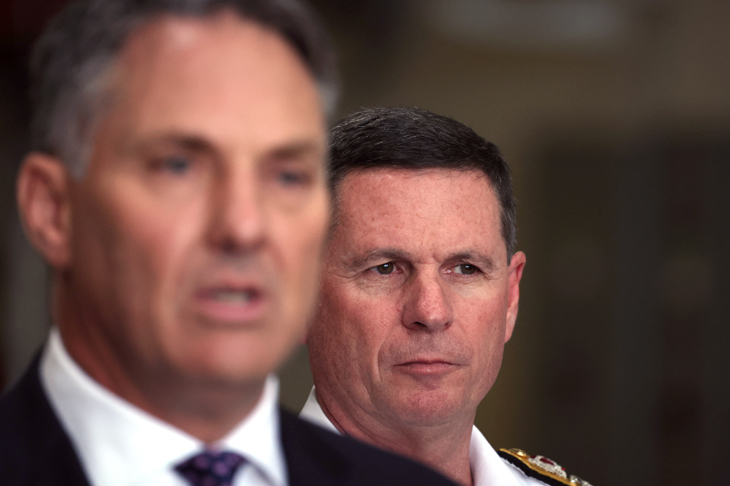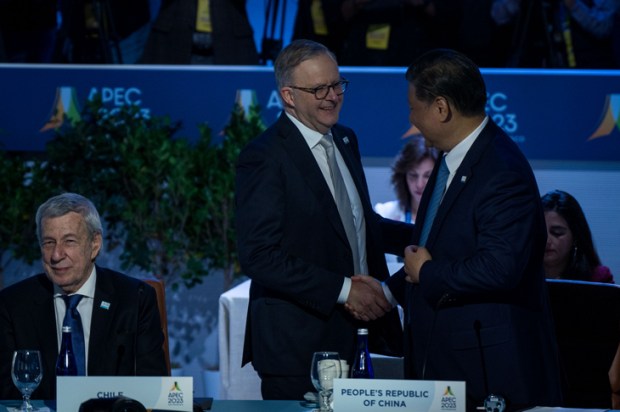The announcement by Defence Minister Richard Marles to restructure Navy’s surface fleet – by integrating two dozen or more major surface combatants and investing in a larger and more lethal Australian Navy – barely scratches the surface.
Simply put, these measures will not suffice for our strategic needs by 2030, let alone 2035.
Already a subscriber? Log in
Subscribe for just $2 a week
Try a month of The Spectator Australia absolutely free and without commitment. Not only that but – if you choose to continue – you’ll pay just $2 a week for your first year.
- Unlimited access to spectator.com.au and app
- The weekly edition on the Spectator Australia app
- Spectator podcasts and newsletters
- Full access to spectator.co.uk
Or
Unlock this article
Andrew Blyth is the John Howard Fellow at the Centre for Independent Studies
You might disagree with half of it, but you’ll enjoy reading all of it. Try your first month for free, then just $2 a week for the remainder of your first year.














Comments
Don't miss out
Join the conversation with other Spectator Australia readers. Subscribe to leave a comment.
SUBSCRIBEAlready a subscriber? Log in